Gordon Ramsay’s Three Star Chef
£33.70
Gordon Ramsay’s no-holds-barred television persona has garnered widespread attention both stateside and abroad, but his food continues to be his greatest achievement. His passion for fresh ingredients is fully apparent in this collection of fifty classic Ramsay recipes. Describing both the restaurant methods for preparation, along with a down-to-earth guide to recreating the dishes at home, this beautifully photographed book showcases Ramsay’s immense talent. Including Gordon’s signature Lobster Ravioli, Corn Reared Beef Fillet with Marrow Crust, Ginger Mousse and a Bitter Chocolate Cylinder with Coffee Granite, this cookbook is both a valuable cook’s resource and an arresting look at a man who has been dubbed the best chef of his generation.”
Read more
Additional information
| Publisher | Key Porter Books (1 Oct. 2008) |
|---|---|
| Language | English |
| Hardcover | 256 pages |
| ISBN-10 | 9781554700905 |
| ISBN-13 | 978-1554700905 |
| Dimensions | 26.04 x 3.18 x 34.29 cm |

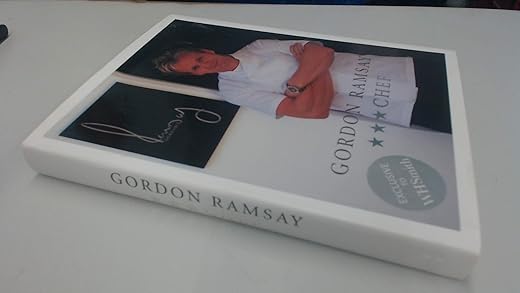
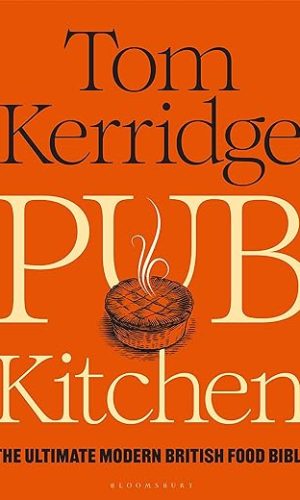
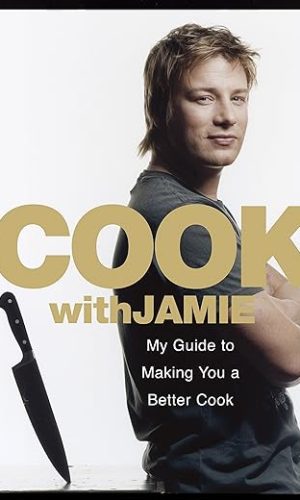




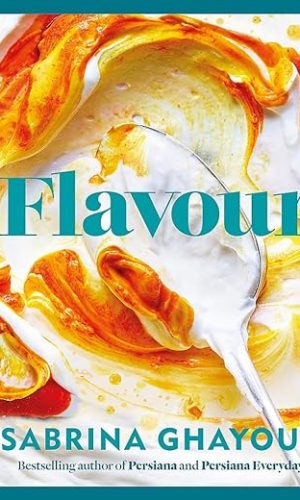
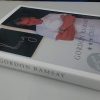
by CobWeb
…Gordon shows 50 of his classic 3-star dishes and just how much work and attention to detail is required to hold the honour of 3 Michelin stars.
‘…..you’ve got to work, work, work…’
And the extra time and effort is well rewarded with art on a plate!
2008/Quadrille Publishing Limited edition.
Approximate size: 28.5 cm x 21.75 cm x 2.75 cm
(To avoid duplication on the bookshelf, it might be worth noting that the 2007 edition has a
grey cover
)
Note from the last page:
‘The three-star recipes in this book, as photographed, originate from ‘Gordon Ramsay, Royal Hospital Road’. They have been adapted and carefully tested for the domestic kitchen. Nevertheless, many of the recipes are still challenging and demand skill and precision on the part of the home cook……..’
The dustcover flap further explains the content:
‘….This book is both a revelation to those who have not experienced Gordon Ramsay’s three star dining and a memento for those who have. Fifty of his classic dishes are presented – first as a photographic portfolio, then as complete recipes as produced in the restaurant. Behind-the-scenes reportage and beautiful images of the finished dishes by a world-renowned photographer capture the essence of Gordon’s three-star cooking and his working environment. Informative text reveals the secrets of his success and explores how his three-star dishes are created. The result is a classic work, a fitting tribute to one of the world’s great chefs.’
Beneath the dustcover, the thick hardboards are simply white with silver spine block titling and open up to 256 pages.
This is a book in two parts – the first section, entitled:
1. The 3-Star Experience
generally a commentary, which runs to page 126. These pages have a shiny finish and are interspersed with full page colour photography with some finished dishes featured.
The second part is simply entitled
2. The Recipes
and the good quality pages here have a matt finish.
The chapters are:
* Starters (16 recipes – pg 134 165)
* Main Courses (17 recipes – pg 170-203)
* Desserts (17 recipes – pg 208-243)
* Basics (28 recipes – no pictures – pg 246-251)
* Glossary (pg 252)
* Index (pg 253-255)
That extra attention to detail follows through in the form of two fabric ribbons place markers, one grey and one black.
The three main chapters open with a double page spread of ‘snapshots’ of the following dishes with their recipe page numbers. The relevant snapshot (c 5 cm x 4 cm) follows through to the top of the right-hand page the recipe appears on.
The majority of the recipes are over two pages, some spill over onto another, e.g.:
‘Bitter Chocolate Mousse with Coffee Granita and Light Ginger Cream’
from pages 238-240 inc. This is one of the recipes which is referenced to a full-page illustration in the first half, in this case pg 119, along with the caption:
“Cubes, waves, pyramids, cylinders – chocolate is the perfect foil for the pastry chef’s dark art.”
Each recipe is clearly laid out with the title, an opening note, the number of servings and the list/s of ingredients on one page. The method is on the second (and subsequent pages if applicable). Tweaks are suggested and suitable embellishments offered, where relevant.
Fish dishes are plentiful in this book but, overall, my favourite to date, serving 4, is ‘Roasted Loin of Venison with braised red cabbage and Parsnip Chips’, from pages 188/189, which also has parsnip & beetroot purées. I followed this with that aforementioned dessert which was well worth the effort and I have successfully presented it with a different mousse (a digital probe thermometer is advised to assess the chocolate temperature for the chocolate cylinders).
Other recipes include:
* Pressed foie gras with Sauternes and camomile jelly
* Grilled asparagus with sel de Guérande, served with a tomato vinaigrette
* Scallops with sweetcorn purée and quail’s eggs
* Pan-fried sea bass with roasted baby artichokes, borlotti beans and a cep velouté
* Roasted fillet of beef with a truffle and root vegetable infusion
* Navarin of lamb with buttered vegetables, celeriac purée and thyme jus
* Toffee soufflé with banana and lime ice cream
* Raspberry compote with tarragon cream
* Plum crumble tart with almond frangipane
* Stocks
* Lamb Jus
* Sauces
* Mayonnaise
* Tapenade
* Saffron Pasta Dough
* Lemongrass and Chervil Velouté
* Vanilla Ice Cream
* Dried Pear Slices
‘The minute you send a dish you’re not 100 per cent happy with, you might as well go home.
Game over.’
It is tough at the top!